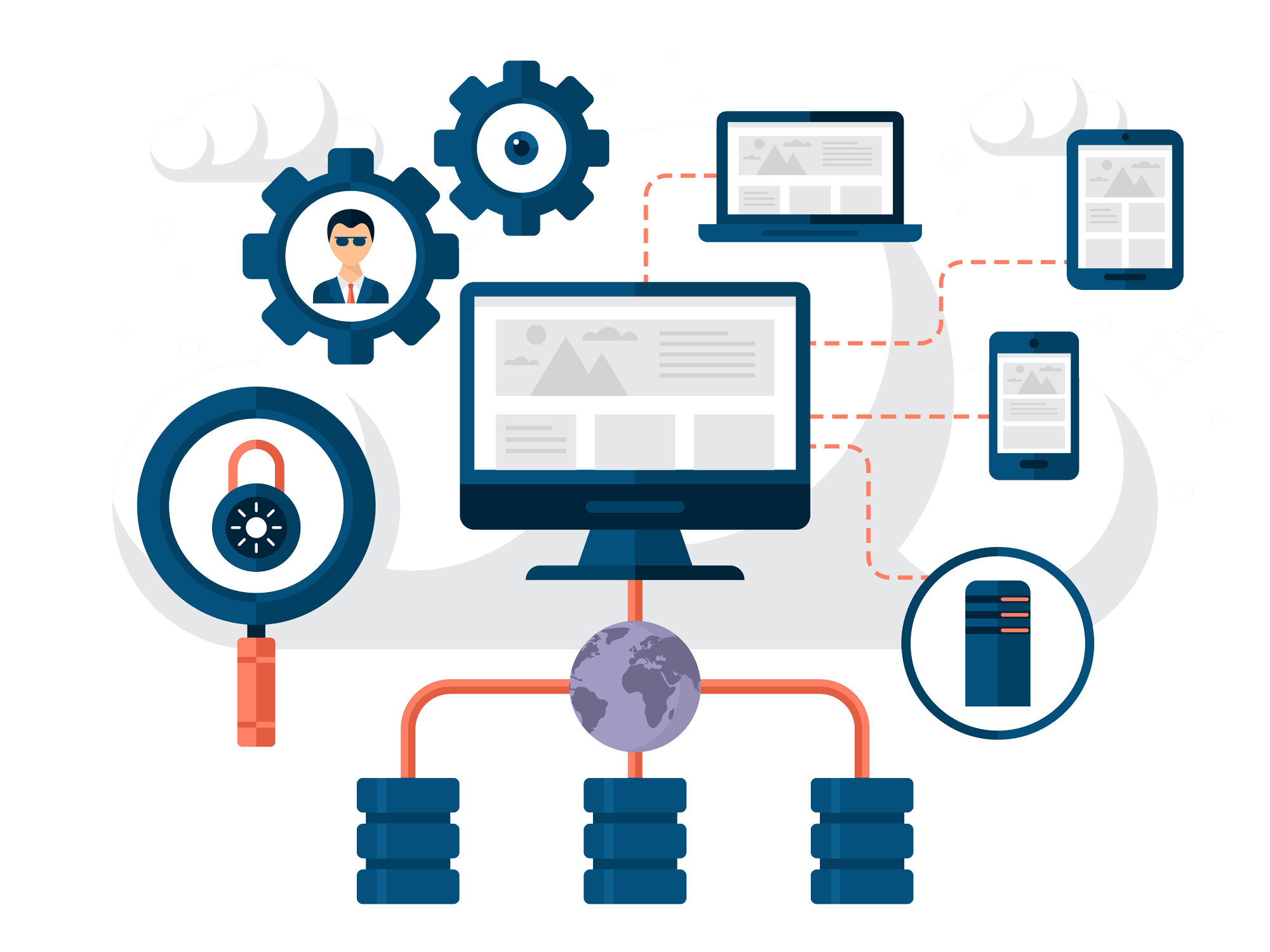
Has your business outgrown its current email hosting provider? Or are you simply unhappy with aspects of the service and looking to make a change? Migrating company email accounts from one platform to another may sound risky or disruptive on the surface. However, with careful planning and some technical diligence, the process can be conducted smoothly and effectively.
In this article, we’ll explore all key steps involved to help you seamlessly transfer email hosting and operations to a new provider with no messaging downtime or data loss.
Why Switch Email Hosting Providers?
Before jumping straight into the transfer logistics, let’s examine a few common triggers that may prompt changing business email hosting platforms:
- Inadequate Reliability: Frequent email outages or deliverability issues understandably frustrate staff and customers. Switching to a more dependable infrastructure is the only long-term remedy.
- Feature Limitations: Perhaps you’ve outgrown restrictions on mailbox sizes or miss specific collaboration tools. Identifying missing functionality gaps assists in picking an improved alternative aligned with current needs.
- Cost Savings: Even after years with the same host, evaluating the competitive market can reveal more budget-friendly solutions offering superior specifications.
- Enhanced Security: With email-based threats growing, some providers implement more robust filters, threat detection capabilities and backup provisions lacking with your present platform.
- Customer Support Deficiencies: Subpar assistance that leaves issues unresolved or questions unanswered is clearly grounds for taking your business elsewhere long-term.
Key Steps to Transfer Email Hosting Platforms
Once the decision is made to switch, follow these best practices for a smooth transition. Whether you’re moving to a more secure or scalable solution, understanding how to transfer email hosting the right way can help prevent data loss, downtime, and user disruption:
Research and Provisioning
To commence the transition, thoroughly assess solutions from enterprise-grade email hosts against current and future business requirements. Factors for comparison may encompass mailbox storage quotas, security defences, reliability metrics, archiving functionality, mobile synchronisation, contacts integration, support responsiveness and operational costs.
Once a suitable alternative provider is selected, procure subscription services and initiate provisioning of equivalent mailboxes for all personnel requiring accounts.
During this user setup activity, replicating existing username conventions and password credentials can minimise learning curves for those accustomed to legacy email addresses.
Content Migration
With target email accounts configured on the new hosting environment, the next priority is migrating years of archived messages, attachments, folders and contact data from the incumbent system.
Employ available data import tools to automate transferring sizable mailbox contents into the newly established accounts on the replacement email platform.
Infrastructure Transition
Upon confirming successful content migration, the underlying email transport infrastructure layers can be transitioned via updating several DNS records that govern routing and deliverability.
This includes repointing the MX record to designate mail exchange servers on the new provider grid, configuring A records and TXT records for validating domain ownership, along with adjusting SPF records to permit the transmission of outbound messages from the new infrastructure.
Final Cutover
As the new email hosting provider now stands ready to deliver services using the company domain name, any temporary mail forwarding from old accounts can be disabled, with all inbound and outbound traffic leveraging the new email server systems.
Users can be notified to commence utilisation of the new email addresses well prior to this cutover milestone. Post cutover, IT staff should monitor performance, deliverability and system logs to ensure a smooth landing on the new platform.
Via this phased progression, organisations can orchestrate a seamless transition between business email hosting providers while minimising disruption. Meticulous planning combined with skilled execution of each milestone empowers enterprises to upgrade their messaging capabilities and gain strategic platform improvements.
Conclusion
By following this structured plan, your business can migrate email platforms in a methodical, phased manner, verifying stability along the way. Within a few weeks, users would never know email boxes existed anywhere else! The patience and diligence involved are well worth it for gaining an improved long-term email hosting environment.
